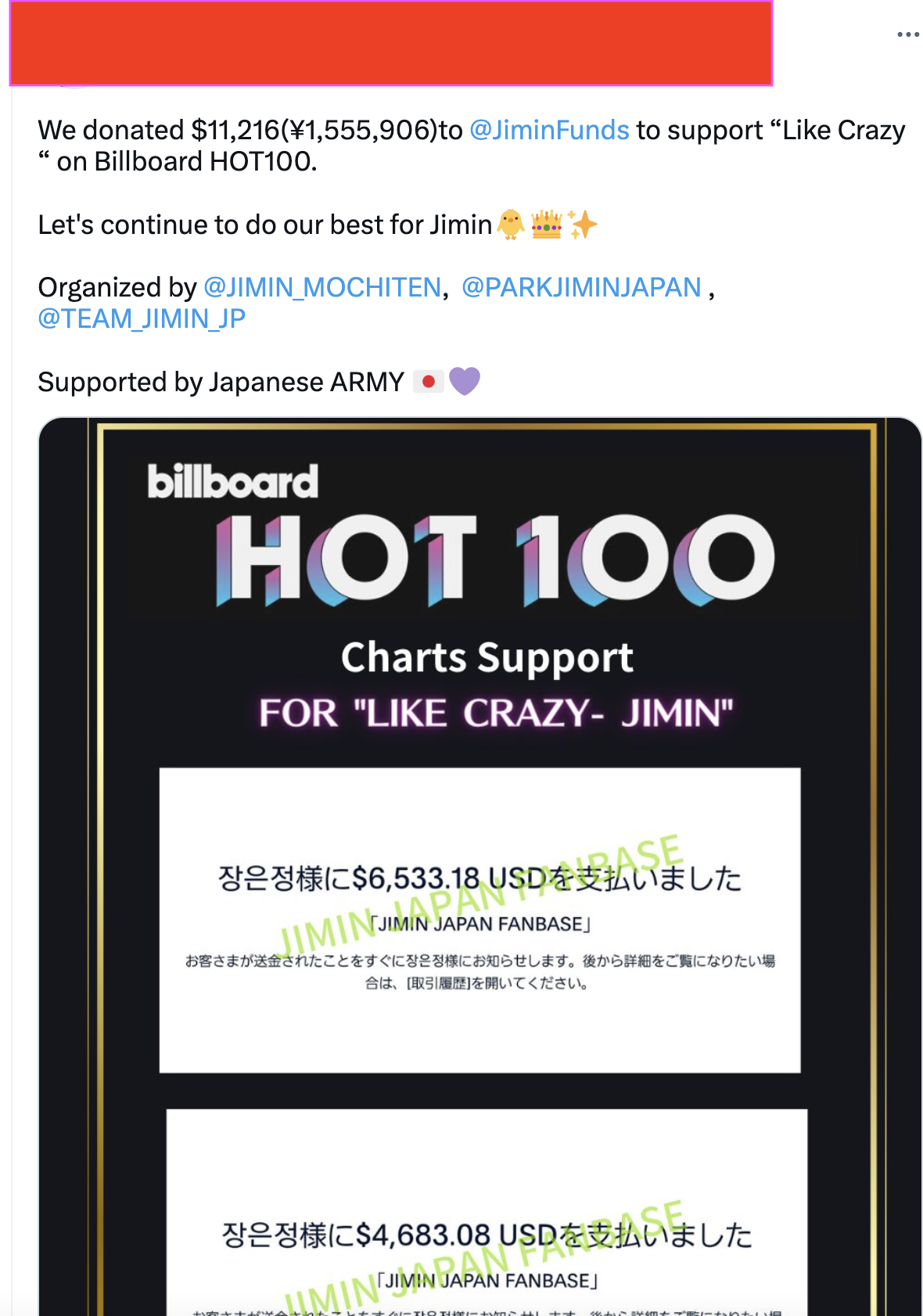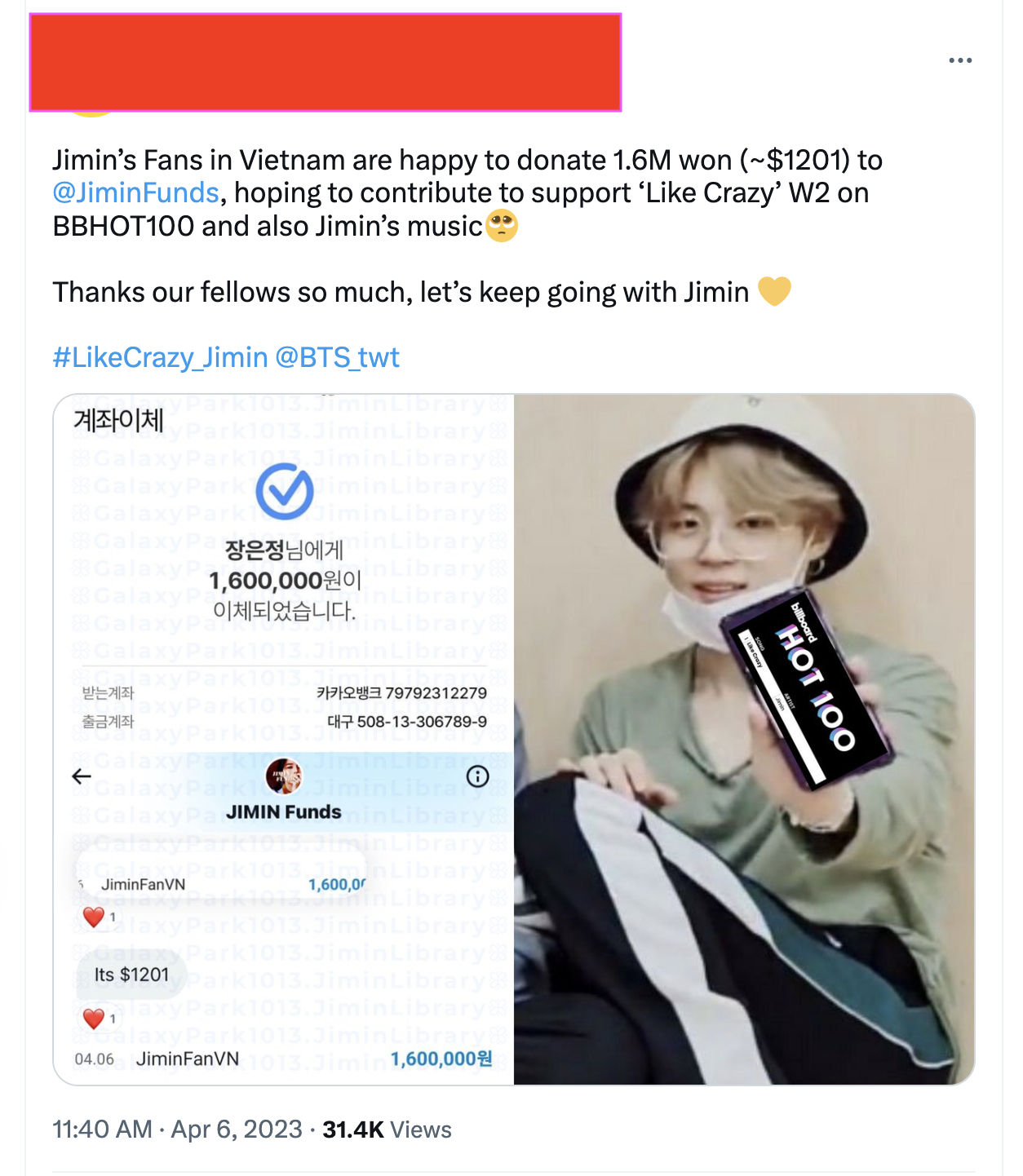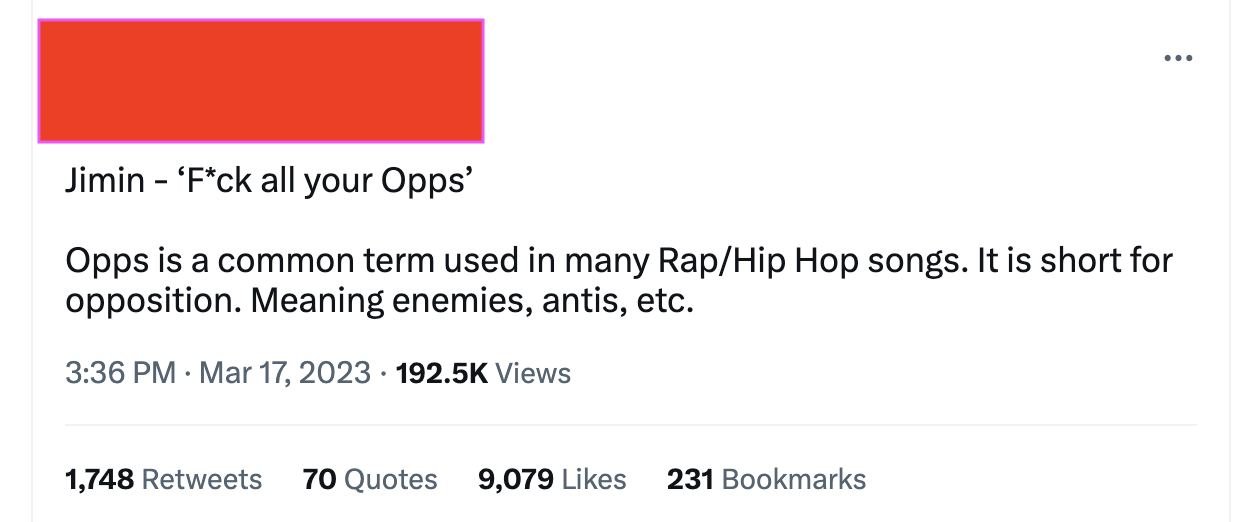Yabba Dabba Do, I like talking to you!
By a large margin, my two most popular posts are “K-Pop Is Not Popular In America” and the one about how Hybe’s main product is actually Weverse. Since both of these topics are in the Discourse again in the wake of Hybe’s 2023 Q1 report and Bang PD’s Billboard cover story I figured it was time to revisit them.
But first I have to start with the latest entry in the K-Pop Journalism genre of “Actually, no K-Pop is popular” from Nylon. It’s incredible to me that this story is still getting sold after all of these years. There’s always a desperate whiff of “Trust me, this time it’s real” in the face of America’s broad indifference to the musical genre. Over a decade ago, the exact same story was being written with only minor variations:
Jan. 30, 2012: “Does Korean Pop Actually Have a Shot at Success in the U.S.?”
2023: “Is K-Pop Finally Mainstream?”
You’d think after over a decade of these articles, we’d finally know whether K-Pop was actually popular in America or not. (Hint: It’s not and probably never will be and that’s okay.)
From the Nylon piece:
“The [Billboard Hot 100], which takes into consideration audio and visual streams and radio airplay impressions, is still considered an indicator of mainstream success.”
From Tom Breihan, Billboard Hot 100 expert, on the Billboard chart after BTS’s “Dynamite”:
“Apparently, the Hot 100 is no longer a historical record of the music that dominates pop culture at any particular moment. Instead, the charts look more and more like a battlefield for competing fan armies. A change like that forces a reconsideration of the entire idea of pop stardom. BTS have taken the existing model and blown it up like dynamite.”
Nylon holds up Jimin’s Hot 100 topping song “Like Crazy” as “one of the biggest songs in the U.S. right now” but was it? It certainly sold a lot of copies, thanks in part to funding from fans in countries like Japan (allegedly over $11,000 which would fund a heck of a lot of $.69 mp3s).
Can a song be one of the biggest songs in the U.S. if only a tiny, tiny fraction of people in the U.S. have heard it? Does a tree falling in the woods make a sound?
Nylon also throws this at us:
“Part of the reason is culture's underlying inclination to balk at anything that's popular among teenage girls, young women, and marginalized audiences, and that's especially true for K-pop artists, in particular boy groups who possess a more gender-fluid image by American standards.”
Weird then that 2NE1 (among other groups) who were popular with teenage girls were getting critical acclaim over a decade ago, to the point of making the Village Voice annual Pazz and Jop list. Could it be that not that “culture” is balking at today’s “gender-fluid” groups but rather that they aren’t making songs with an appeal outside of their core fandoms?
Strangely that question is neither asked nor answered.
Look, there’s absolutely nothing wrong with a cute-patootie song like The Boyz “Nolza”! It’s cute! The Boyz are fun! But a song like this is never going to appeal to people outside of the target demographic and that’s okay. If the fans like it, then isn’t that enough?
The same could be said of some of the harder edged K-Pop coming through, including the hilariously tryhard gangsta “Haegeum.” A song like that is just not going to appeal to the same types of rap fans who listen to NBA Youngboy, currently one of the most actually popular artists in the U.S., and, again, that’s okay. That’s the beauty of the marketplace—ideally there should be a product for everyone out there, including women who think drinking whisky and flipping the middle finger on stage is the epitome of edgy behavior.
Nylon points to a fracturing of the mainstream market, which absolutely is a thing and something I’ve also written about. What Nylon misses is something bigger, the collapsing of critical taste. Most music “criticism,” especially around K-Pop, is written by fans for fans and doesn’t interest or reflect the tastes of the broader culture, let alone the tastemaker class. This is very different from the previous wave of K-Pop coverage and speaks to the limited appeal of K-Pop generally.
And at the end of the day, that is also who those type of “Akshully K-Pop is Cool” articles are for--stans looking for outside justification for their own tastes in music and entertainment.
Friends, just like what you like and ignore the “opps.”
I’ve said it before and I’ll say it again, the only people that gain from the battles for chart positions are the companies taking a cut of the sale price of those $.69 mp3s and Billboard’s social media team.
Speaking of Billboard, they put Big Poppa Bang PD on the cover of their K-Pop issue. We’re still waiting to see what will happen in the wake of the massive SM-Hybe kerfuffle but one thing is certain: SM artists are moving to Weverse.
Again, if you think Hybe’s major focus at this time is still “music for healing” I have some lovely bridges you might be interested in purchasing.
And now that the majority of K-Pop’s artists will be on the platform, they have some great new features to offer their captured audience:
* Jelly, a Weverse-only currency that you must use and the adoption of which conveniently comes with a price hike on products.
* WeverseDM, the ability to DM artists for a price and get special replies (an update on the venerable Flintstone phone??)
* Subtitles (if you pay)
* Ads (if you don’t pay)
It’s a breathtaking cash grab in a industry that is not widely known for its restraint in commercialization. We’re about to see how captured this market of stans really is and how much they can be milked for.
The gallows humor part is as a long time industry watcher, seeing the biggest player in the market start consolidating and locking up content much in the way venerable Japanese agencies like Johnny’s & Associates have been known (and scolded by English speaking “experts”) for over the past decade or so.
(The anime market alone is worth like US $28 billion; as much as I liked KinnPorsche I think Japan is safe for now.)
Meanwhile we’ve seen K-Pop trending towards, as recent guest Emily puts it (referring to the Chinese idol market):
“[T]he tendency for companies to produce music that’s not meant to be repetitively listened to, but only bought and streamed.”
Over the weekend, my father and I watched this delightful video from Professor Bubblegum (a title I can only aspire to):
It’s a look at the Golden Age of Bubblegum music in America from 1966-1970. I couldn’t help but see some echoes of the best of the chewy-chewy yummy-yummy Ring-Ding-Dong K-Pop songs in the good Professor’s compilation. Will the bubblegum goodness of songs like “Cupid” or earwormy “Shooting Star” be enough to hook a new generation of fans through the noise of the Flintstone Phone cash grab? That’s a question we’ll likely have to wait another ten years to find out. In the meantime, I’ll just Sho-oo-oong…




